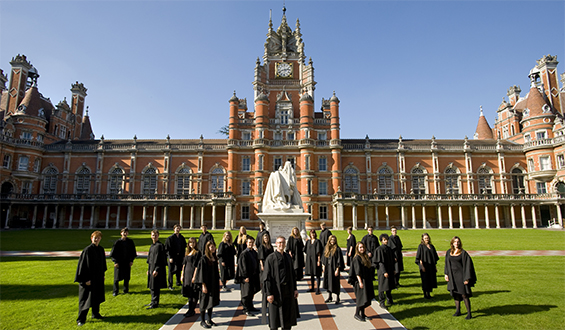
After years of increasing the number of students from disadvantaged socioeconomic classes who are attending the UK’s leading universities, progress has come to a halt. According to statistics released by the Higher Education Agency, seven of the 24 universities in the Russell Group have seen a drop in the number of underprivileged students.
The trend comes despite millions of pounds spent on encouraging poor students to apply to and attend these universities.
Only a week ago, notes Javier Espinoza of the Telegraph, Prime Minister David Cameron asked higher education institutions to do more to minimize social inequality.
The seven universities where the percentage of poor students has decreased are Oxford, Cambridge, Exeter, Durham, Imperial College, Glasgow, and Queen’s University, Belfast.
The percentage of poor students at Russell Group universities increased from 19.5% to 20.8% between the 2004 and 2014 school years. Non-Russell Group schools, on the other hand, saw a much larger increase — from 32.5% to 37.5%.
77.2% of undergraduates are from state schools, compared to the 2004 number of 74%, but students from private schools are still two and a half times more likely to enter a Russell Group university than those who attended state schools.
Oxford has the lowest participation from disadvantaged socioeconomic classes out of any Russell Group university at 10% of their student body, writes Lucy Sherriff of the Huffington Post. Queen Mary University of London has the highest at 37%. The largest rise in poor students, 5.7 percentage points, was at King’s College London.
This news disproves the claim often made by universities that access for disadvantaged students has improved despite the increase of fees to upwards of £9,000 per year.
According to Chris Havergal of Times Higher Education, HESA judges socioeconomic class on students’ reports of parental occupations.
However, some have criticized the way that HESA gathers its statistics. They argue that measuring poverty other ways, like which students have received free meals at school, would be a more accurate assessment. By this metric, the Russell Group universities are doing much better.
Dr. Wendy Piatt, the director general of the Russell Group, stated that advancement of underprivileged classes at Russell Group universities cannot be achieved too quickly because of underachievement at schools and misguided advice from schools. For example, secondary school students are often encouraged to take “easier” A-level subjects, which makes them less competitive applicants.
Lee Elliot Major is the chief executive of the Sutton Trust, which supports equal university access across socioeconomic groups. He was quoted by Richard Garner of the Independent:
It is good to see that the proportion of state school students entering top universities has risen over the past decade.
However, it is worrying that the access gap between those from poorer backgrounds and their more advantaged peers has actually widened at some universities.
Today’s figures tell us we need renewed and concerted efforts from government, schools, and universities alike to improve participation rates for the poorest students.
Nick Timothy, chief executive of the New Schools Network, recommends that other universities follow in the footsteps of Birmingham. They set up their own free school to prepare poor students for academia and increased their percentage of poor students from 21.6% to 22.8%.
HESA has published statistics on social class at universities for the past decade, but plans on discontinuing this measure in the future.




